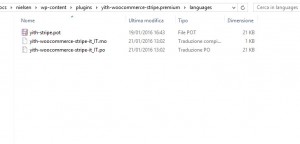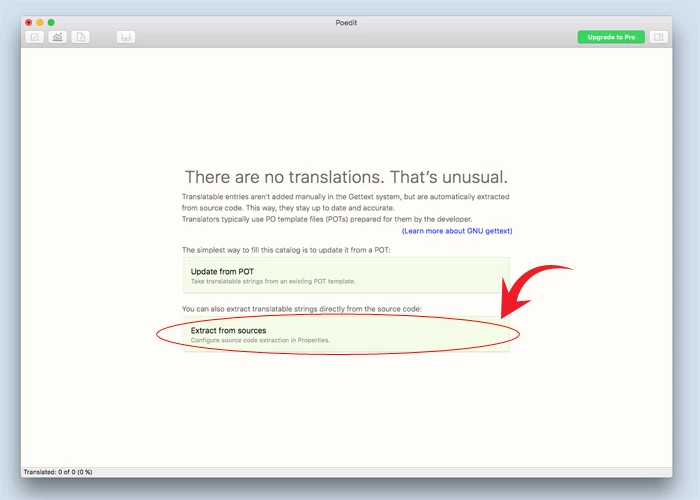

The wpforo-it_IT.mo file will be generated automatically. Name it based on what you are translating to, i.e., a IT translation is saved as wpforo-it_IT.po. Once you have done this, choose wpforo.pot and PoEdit will show the catalog properties window.Įnter your name and details, so other translators know who you are, and click ‘OK’. To get started open PoEdit and go to File > New catalog from POT file.

The wpforo.pot file can be imported into PoEdit to translate. You can find this language file inside the plugin folder in wpforo/wpf-languages/ directory. wpForo includes a language file ( wpforo.pot file) which contains all of the English text. WpForo uses PO and MO files to manage translations. In most cases you can contribute to the project on, however for creating custom translations you can use wpForo POT file and PoEdit. There are several methods to create a translation, most of which are outlined in the WordPress Codex. Rights related to automated decision making including profiling.You can like our Facebook page, share this post with your friends, and select our affiliate links for your purchases on or Newegg. Support PCstepsĭo you want to support PCsteps, so we can post high quality articles throughout the week? If you had any trouble with Poedit or the translation for a particular plugin, let us know in the comments section. Did you find it easy to translate WordPress plugins? For the CSS, however, we need to edit the theme's or the plugin's CSS files. and for places where the original CSS doesn't fit the new translation.įor the mistranslations, we can edit the. We should extensively check the plugin for mistranslations. Just uploading the proper language file will turn the original plugin. So, we should keep the translated files, and re-upload them anytime the plugin updates. Take note that most plugins will delete the translated files on each update. mo files have the same filename, and then we upload them to the plugin's folder. It depends on our WordPress installation. Sometimes, we might need to add the country code, like in el_GR. We just follow the plugin's template, and add the correct language code. It is important to change the name of the translated files for our respective language. Its default icon is a bit faded, to differentiate it from the po file. This won't show any language errors, but it will look for errors in entries with PHP code.Īfter that, we save the file. This isn't a mistake, it just means that the same text is used in two places, and it gives us the chance to get a more accurate translation for each place.Īfter we finish the translation, we click on Validate. Sometimes, the very same entry could show two, or more times. There is also a handy "Find." option, where we can look for specific entries to translate, or correct. If we prefer the back-end in the original language, we can skip those entries. When we translate WordPress plugins, we don't translate just the front-end, but the back-end as well. Those have two tabs so we can enter the respective translations. Some entries will have a different singular and plural form. If we find any HTML tags or PHP code, such as. We make sure to translate each entry exactly as it is, including the punctuation. but we can always add something to the dictionary, in case it's right and just not recognized.

Poedit also features an automatic spell checking option as we type.
TRANSLATE PLUGIN POEDIT UPGRADE
To get unlimited suggestions, we need to upgrade to Poedit Pro, for 20$, which is probably not worth if we only want to translate one or two plugins. Unfortunately, the online suggestions are limited to 10 every time we start the program. This can speed up the translation process considerably. By pressing Ctrl+Enter, we submit the translation and move to the next one in line.ĭepending on the language, Poedit will offer popular translation options, which we can quickly add with ctrl+1, ctrl+2, etc. We won't need to take our hands off the keyboard to click on the next source to translate. More complex plugins can very well have thousands of lines. Simple as it is, the plugin of the example has more lines to translate than the year has days. We just select the source text and type the translation. Translating WordPress plugins with Poedit is easy. and select the proper language we will translate the particular po file. We also make sure that the "Automatically compile MO file when saving" option is checked. and fill in our information as a translator. First thing we do, we go to File -> Preferences


 0 kommentar(er)
0 kommentar(er)
